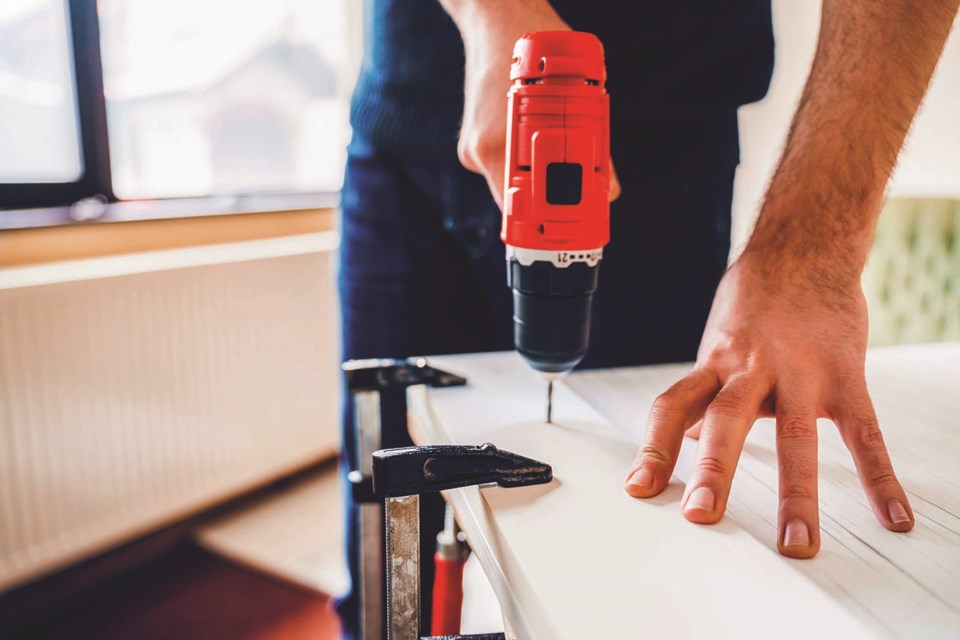Newmarket’s residential building permits were up 20 per cent in 2021 with 391 permits issued, part of a provincewide trend, according to the Municipal Property Assessment Corporation (MPAC)
The corporation released data on building permits, finding 122,200 issued across the province, 15 per cent above the previous year. Newmarket’s building permits went up from 327 to 391, which includes 70 new builds (down from 90 the year before) and 299 home improvements projects (up from 213 in 2020).
MPAC vice-president and chief operating officer Carmelo Lipsi said citizens were likely more focused on their homes during the past couple of years.
“COVID-19 restrictions were likely a major factor again, with people focused on their home because they were spending so much more time there,” he said in a news release.
The past two years have been busy for Newmarket development. Although new build permits were slightly down this year, they are still well over 2019 totals, when Newmarket issued 190 residential permits and 27 new builds, according to MPAC data.
Permits issued included 209 for additions, 81 for decks, four for sheds and two for garages in Newmarket last year.
Other parts of the region have also experienced some building booms. East Gwillimbury had the biggest percentage increase in permits in the GTA, with 861 in 2021, 97 per cent more than the previous year. Aurora was fourth on that list with 598 permits, a 60 per cent increase.
MPAC said the pandemic years had marked an end to a downward shift. Overall permits declining by 18 per cent in 2018.
Lipsi said it is uncertain how the trends will hold going forward.
“This is an interesting trend to watch, to see if it continues once pandemic restrictions have been lifted for good,” Lipsi says. “Many indicators suggest that working from home will be more prevalent than it was pre-pandemic, and we’ll see if that continues to translate to more spending on the home.”



